After almost two weeks of traveling, finally I’m settling down, at least for a little bit before I go again to Taiwan. Now comfortably situated in rural Ohio, I can finally get back to drinking tea that isn’t “100% leaf tea”.
Before I did that though, there’s the issue of water. Ohio’s not known for great drinking water. When I went to college in northeast Ohio, I remember the first sip of water I had there on the first day of having gotten to the school was very memorable — it was nasty. It tasted like swimming pool water. Having arrived from a city where one could get crisp, great tasting water straight from the tap, it was a big change. I eventually got a Brita filter, which served the purpose of getting rid of the foul chlorine taste, but it was still bad water.
I was reminded of the water problem here when I bought a big jug of “White Oak drinking water”. I thought it would at least taste ok, but I forgot to check the source — it’s apparently from an artesian well in northeast Ohio. Drinking it… it was… salty. I got more thirsty drinking the thing. A great way to sell more water, I suppose, but probably not good for me. I eventually ran all that through my Pur filter (which, by the way, I think makes much better tasting water than Brita). It tasted much better… sweet, not salty. We’re ready to brew.
I brewed up the first maocha I bought at Maliandao when I got there last year… sometime in September. I don’t actually remember where the maocha is supposedly from.
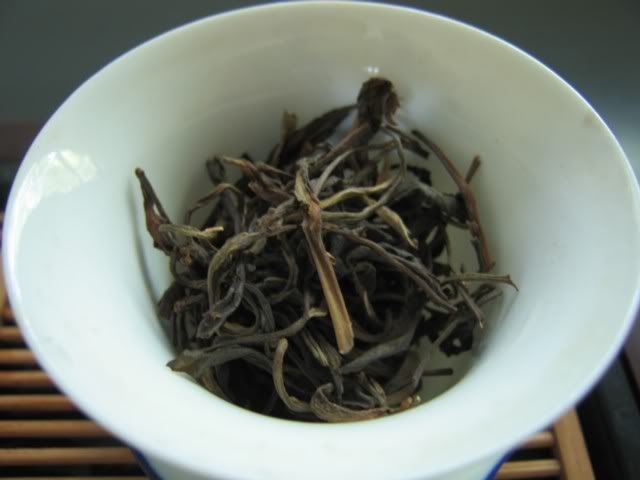
From the looks of it, it’s a six mountains maocha, but from the taste, it is not Yiwu or Manzhuan. Whatever it is, it has been sitting in my tea storage unit in Beijing for almost a year now before I took it with me to travel. I drank it on the trains to and from Shanghai, and also on the plane back to the US, each time in a cup with some hot water. It was nice and sweet, with a minty feeling, but I haven’t had it in a gaiwan for a long, long time. It’s time to try that.
The tea, as you will notice, is of a decidedly dark hue when brewed.
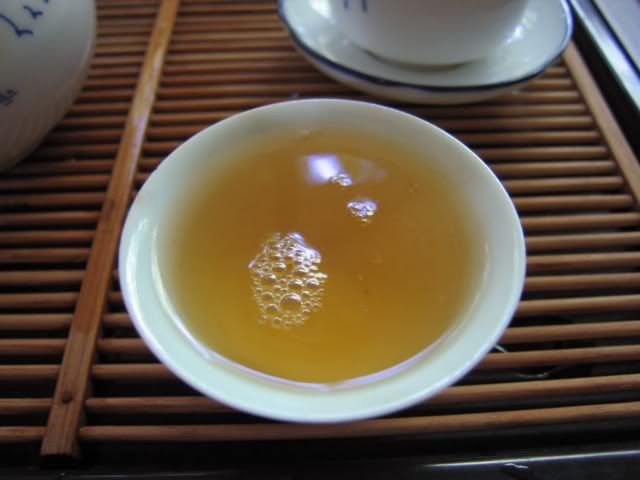
Colour wise, it looks very aged. In fact, I’d say that even when drinking it, it feels a bit aged — I think it can easily fake it as a 4-5 years dry stored tea. The taste is sweet, mellow, with some throatiness and not very bitter at all. Bitterness show up if I try to overbrew the tea, but for the most part, it’s very subdued. It’s lost a lot of the very green taste that you’d expect from a very young puerh, and starting to gain something like an aged dry stored puerh. Perhaps this is proof that Beijing storage, so long as it’s not overly dry, can be quite good?
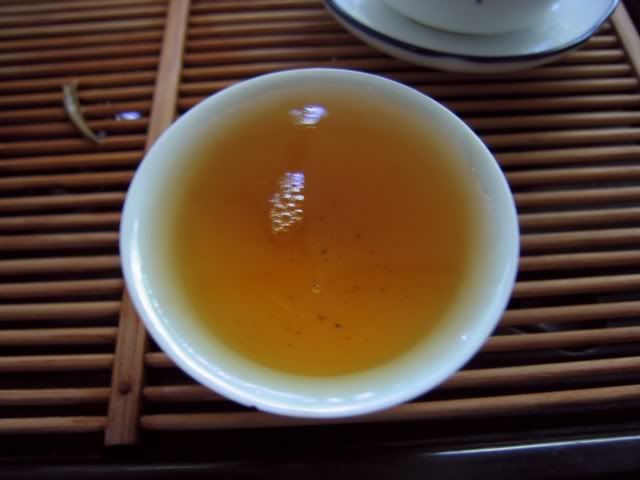
When I overbrew the tea, the colour comes out even darker, with a stronger sense of bitterness, but no roughness. In fact, the tea is smooth throughout, which is a very nice thing. It moves from being a bit minty to being somewhat fruity, but not in the same way that the mystery sample A was fruity. Here you know all along that this is a puerh of some sort, only that the fruity is there in the back when drunk. The tea has good endurance. It yielded many infusions, and when I brewed the last few as hour long brews, they still came out tasting rather good despite the abuse.
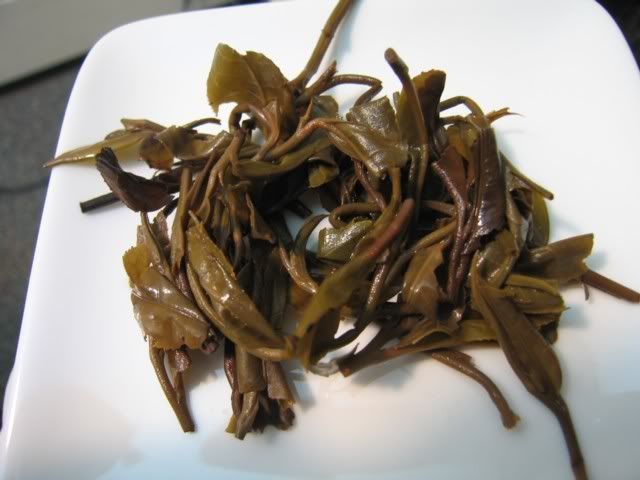
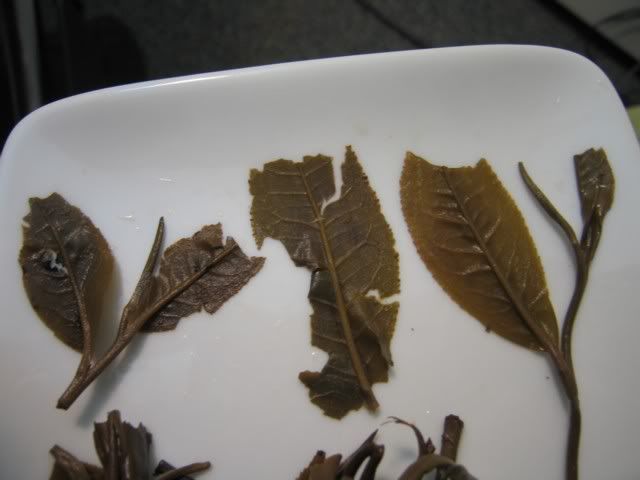
The leaves are a bit broken after all the traveling, but still keeping mostly to their original shape and not too chopped up. I must say I’m rather pleased by the tea. I know it didn’t taste like this when I bought it, although I no longer remember what it tasted like. I am now kicking myself for not buying more of it at the time… back then I think a kg of it was maybe half the price of what it would be now. Oh well….
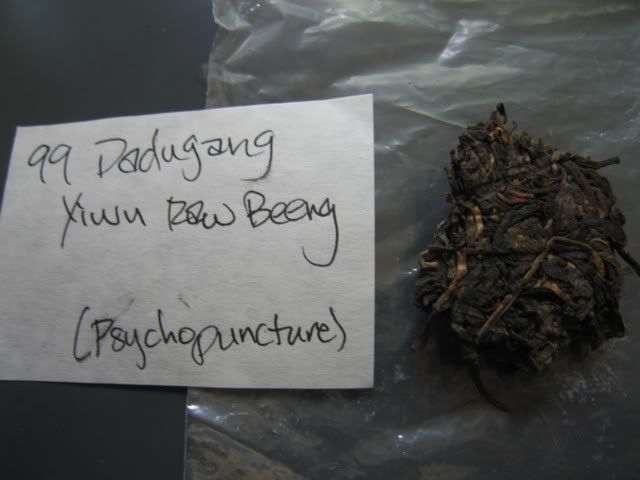

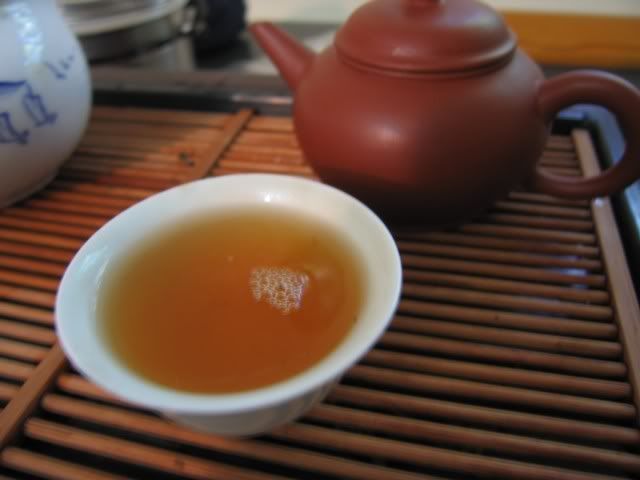
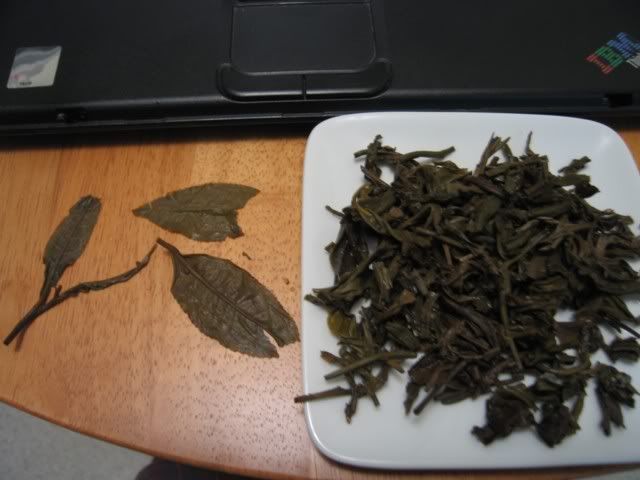

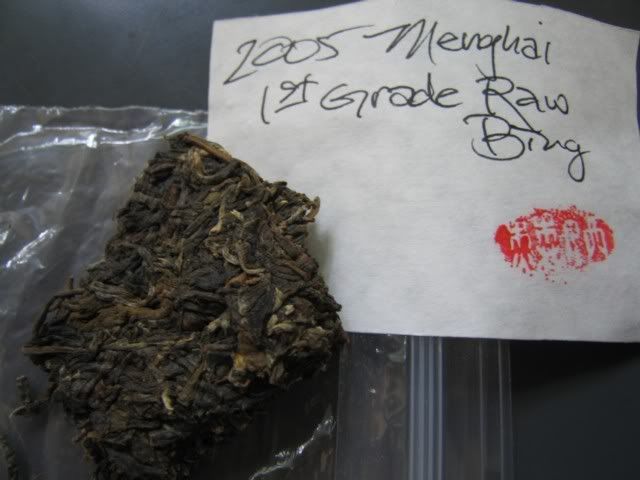
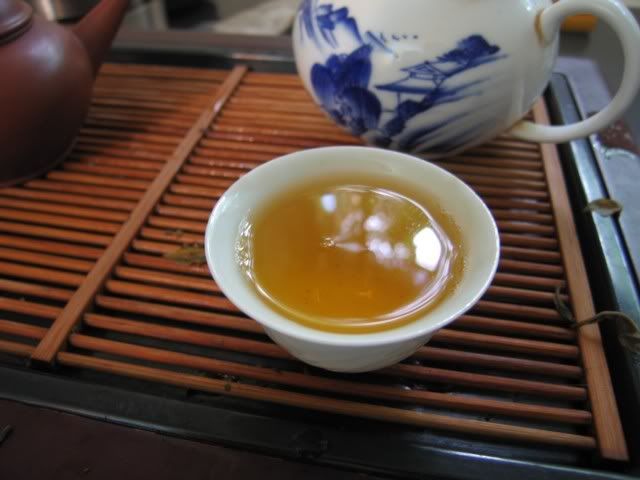
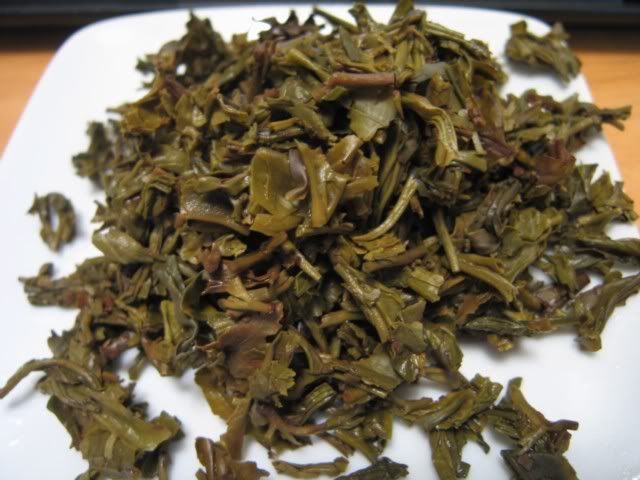
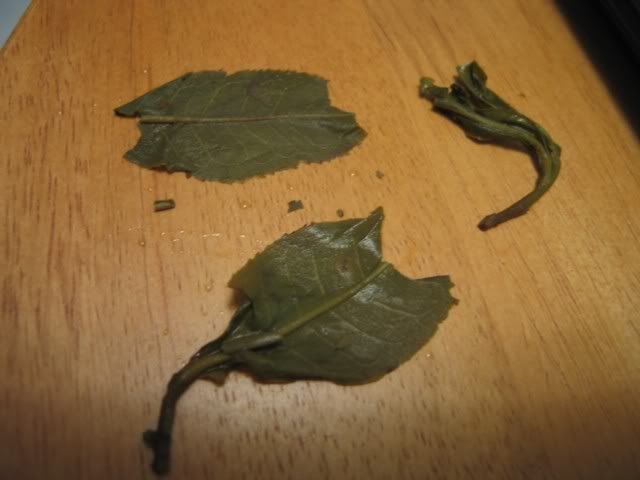
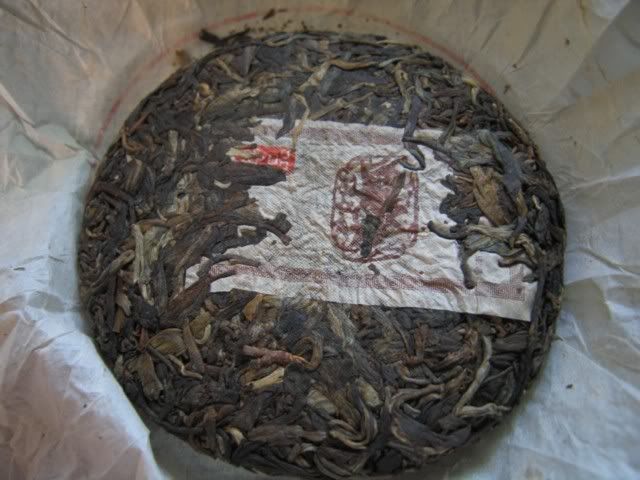
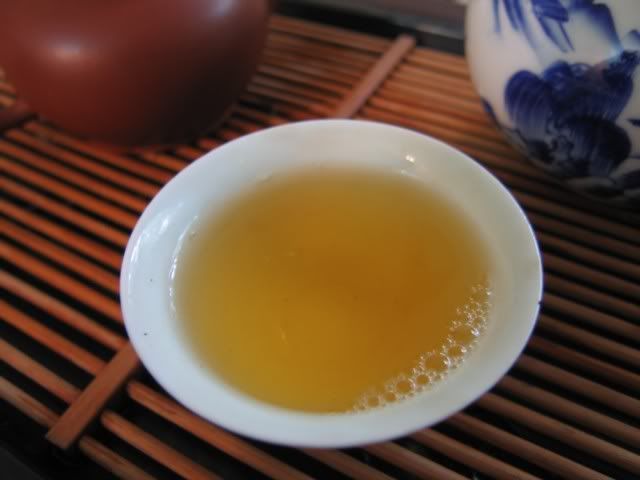
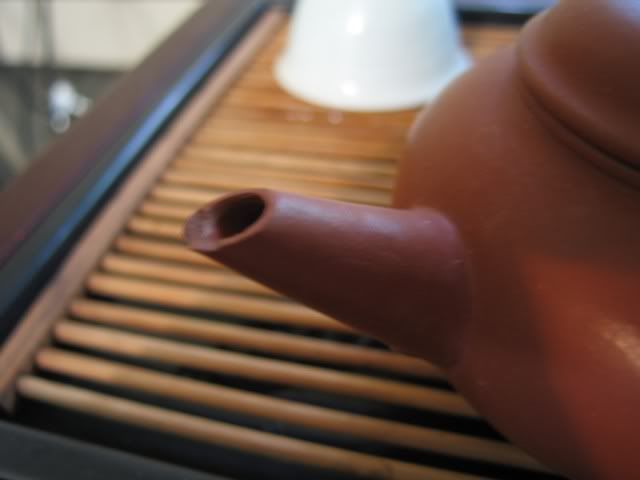
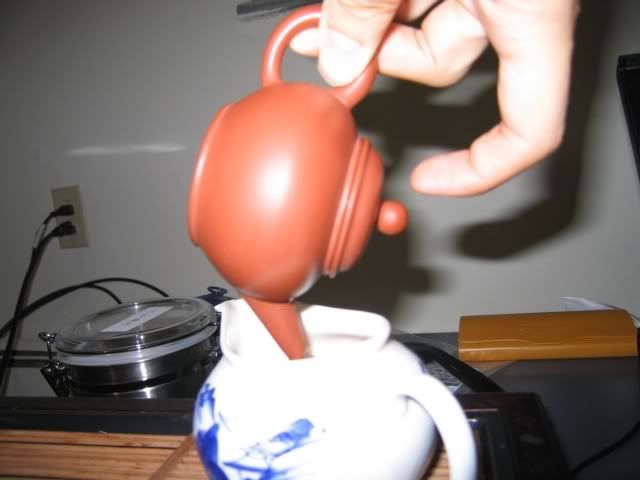
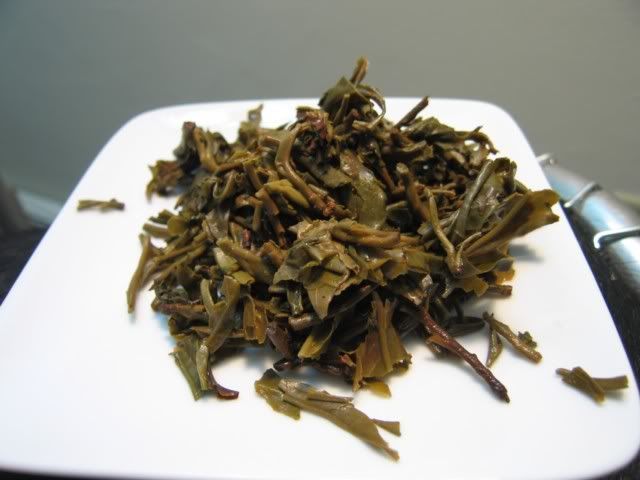
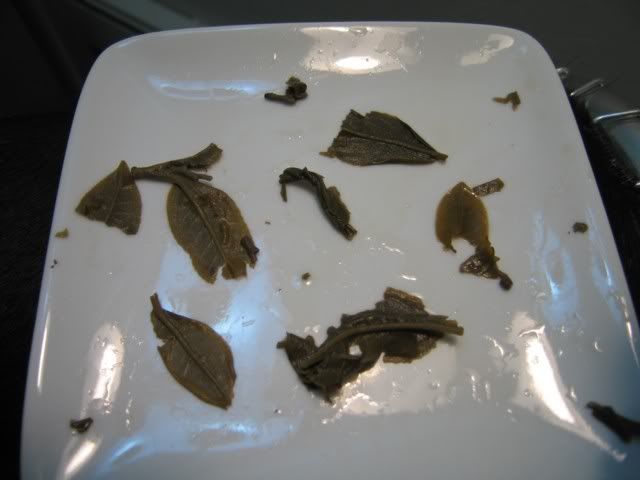
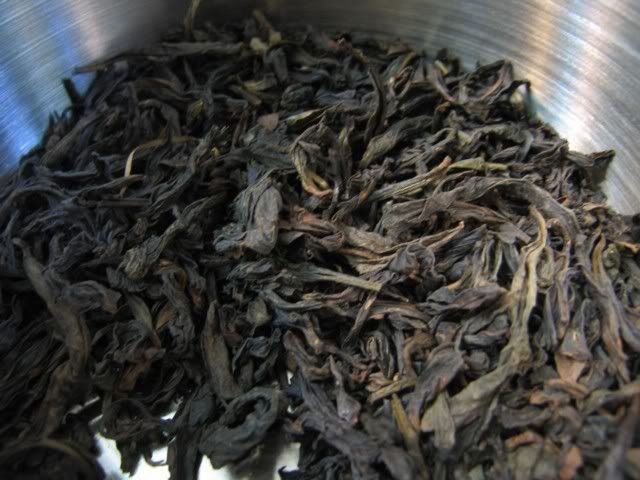
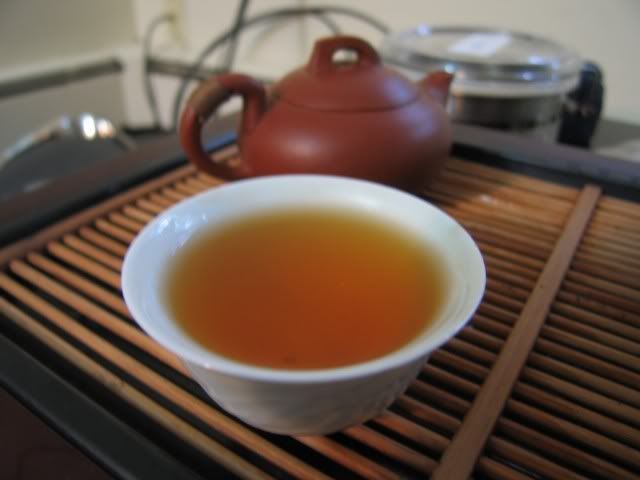
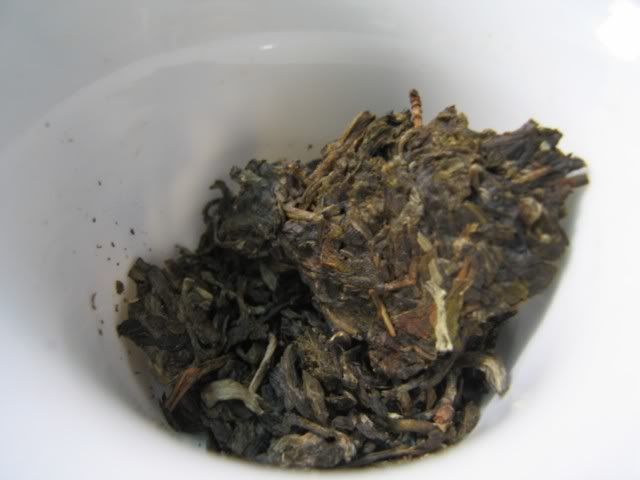
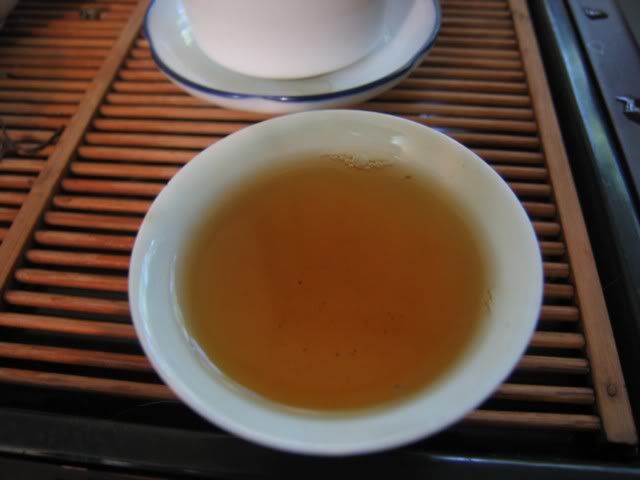
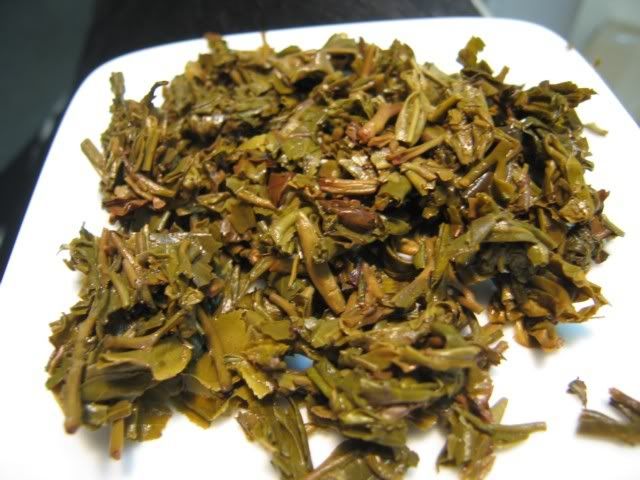
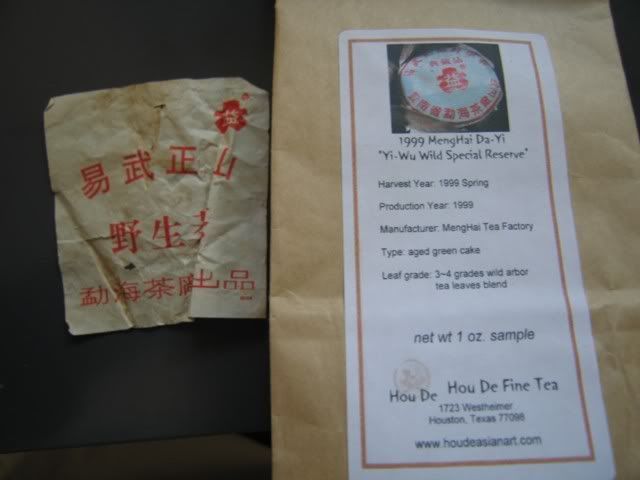
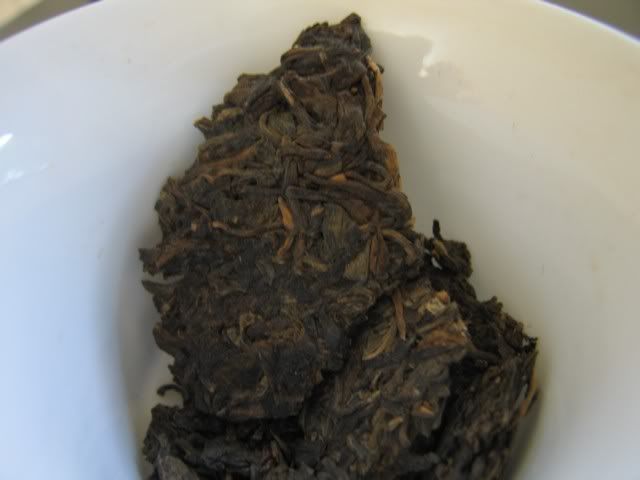
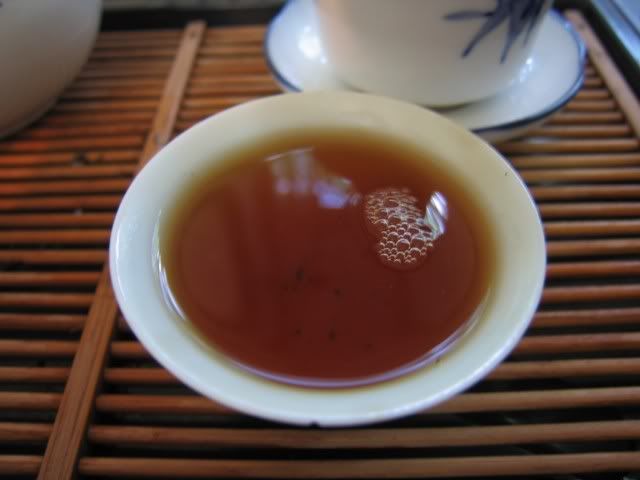
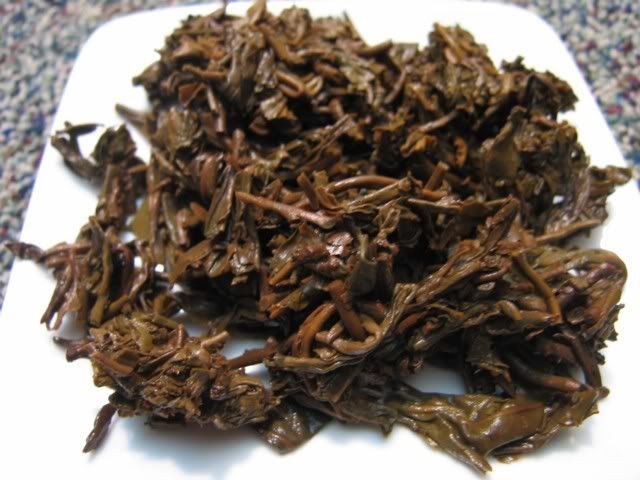





 RSS - Posts
RSS - Posts
I took you at your suggestion and have been reading some of your old post-Covid posts. I haven’t been to…